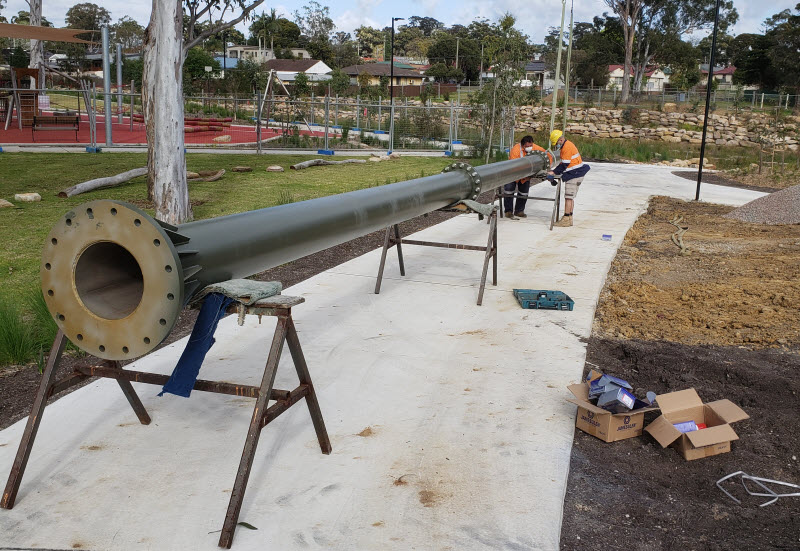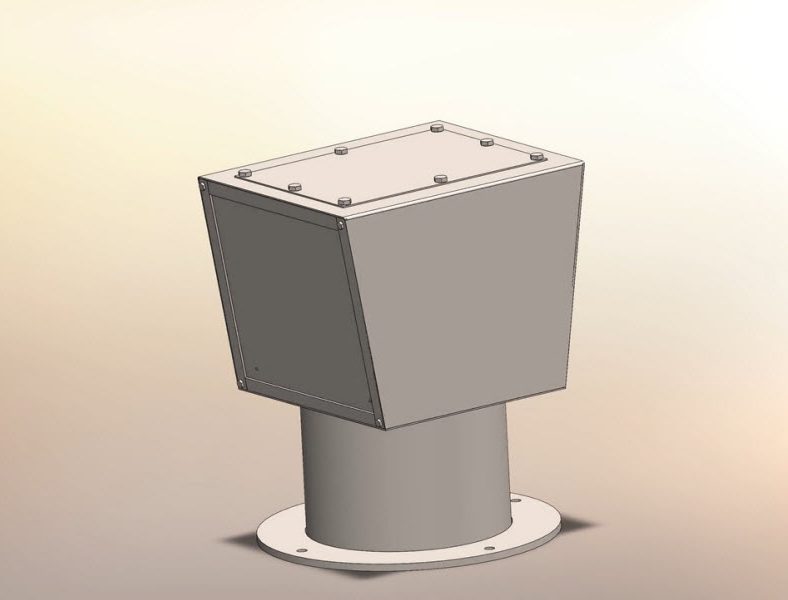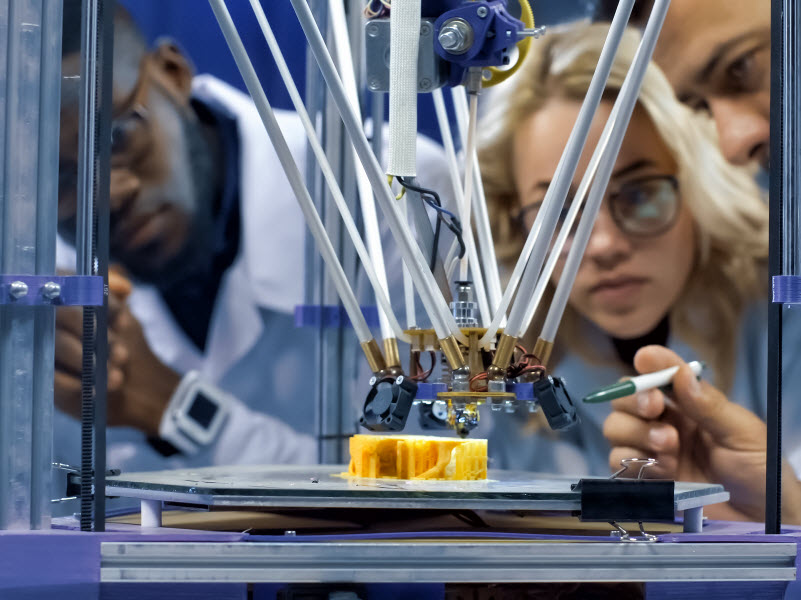
Although part of an underrated industry, sewer networks form a vital part of Australia’s community infrastructure.
When these vast networks fail and residents complain, finding a solution to the problem becomes urgent.
In addition to increased vandalism, these factors forced Hunter Water to commission SVSR to develop a sewer vent design solution.

Analysis of the sewer vent cowl environment
Operators reported excessive corrosion of the critical infrastructure at the wastewater pump station due to excessive gas and humidity levels within the network and flagged concerns around increasing costs. Network managers also reported issues of increased vandalism.
Given the complexities of the issue Hunter Water was experiencing, a vital on-site analysis occurred to inspect the site variables affecting ventilation and odour as well as the public asset’s security and the residents’ proximity causing the odour and visual impact of the sewer vent cowls.
In addition, SVSR did specialised research on the average barometric factors like annual wind speeds and temperatures, investigated the pump flow rates and internal fluid dynamics (negative and positive pressures within the network), and analysed the gas levels.

Three vent cowl solution options
Consultants Stantec presented three ways to resolve Hunter Water’s wastewater pump station problem. The first was to install a larger odour unit, the second to force more air into the network, and the third was a solution that married two solutions.
Hunter Water went with the latter, to install a standard odour unit and also to increase the fresh air intake to dilute the odours and reduce the humidity with the network to avoid corrosion. They commissioned SVSR to assist in the upgrade.

The sewer vent cowl design process
Hunter Water decided to replace the small diameter vacuum valve with larger intake vents, also known as mica flap vents. The process evolved from the Sydney Water DTC (deemed to comply) design with the input of Hunter Water, Stantec and SVSR. Hunter Water intends to roll out the solution across the entire network, not just the isolated location. With the varying environmental, barometric, existing network design and unique topographical detail, the design needs to remain flexible with ongoing consultation by SVSR.
This sewer network and vent cowl situation is not unique to Australia. It is prevalent across the globe.

The future of sewer vent cowl solutions
Infrastructure, cost, and supply and demand concerns will force doors open for technology to intervene, and at SVSR we are at the coal face of what this may look like for sewer vent design. Organisations are focusing their research and development efforts on finding solutions that marry innovation with 100-plus-year-old heritage.
The Advanced Manufacturing Research Facility (AMRF), scheduled to open in 2023, will encourage science, technology and engineering to collaborate across various industries to find specialist engineering solutions.
SVSR will be one of the first SMEs to use intelligent resources, world-class technologies and cutting-edge research to test and create advanced technology prototypes. These prototypes will help eradicate and drastically improve the current hindrances brought about by external local and global circumstances.
Our Head of Research and Development, Duncan Reynolds, is committed to finding intelligent solutions that propel our industry forward.
To discuss your sewer vent solution, contact us.

